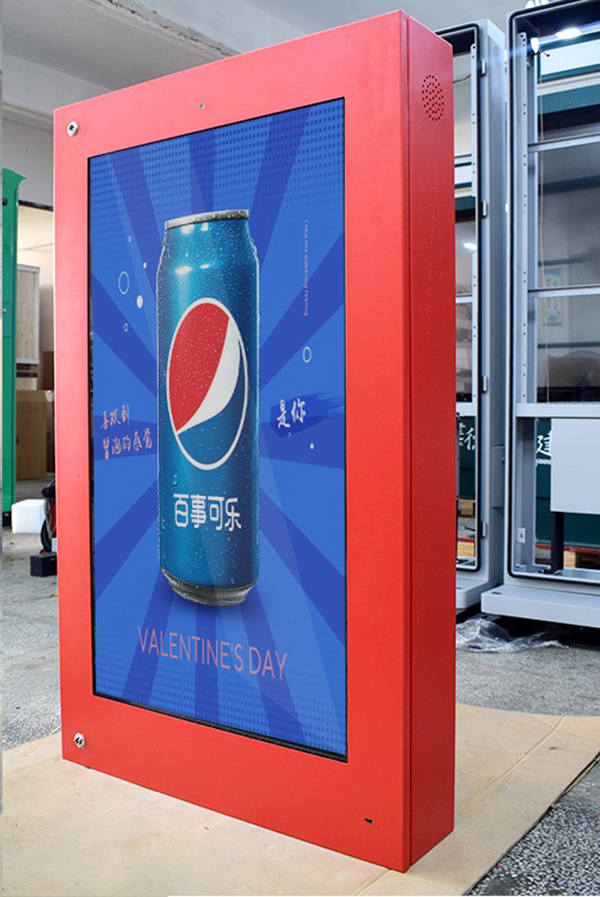Digital Signage for Malls and Shopping Centers
In the dynamic world of retail, malls and shopping centers are constantly seeking innovative ways to attract and engage customers. One such method that has gained significant traction in recent years is the use of digital signage. This technology has revolutionized the way retailers communicate with their audience, offering a multitude of benefits that go beyond traditional static displays. From providing real-time information to creating immersive brand experiences, digital signage has become an integral part of modern shopping environments.

Digital signage refers to the use of electronic displays, such as LCD, LED, and projection screens, to present information, advertisements, and other content. These displays can be found in various locations within malls and shopping centers, including entrances, common areas, corridors, and even individual storefronts. The versatility and flexibility of digital signage make it an ideal tool for enhancing the overall shopping experience.
One of the primary advantages of digital signage in malls and shopping centers is its ability to provide real-time information. In a fast-paced retail environment, where promotions, events, and store hours can change frequently, keeping customers informed is crucial. Digital displays can instantly update content, ensuring that shoppers are always aware of the latest offers, sales, and activities. This not only helps to drive foot traffic to specific stores or events but also creates a sense of urgency, encouraging customers to take immediate action.
Moreover, digital signage can significantly enhance wayfinding within large shopping complexes. Navigating through a maze of stores and corridors can be overwhelming for some visitors, especially in sprawling malls. Interactive digital maps and directories can guide shoppers to their desired destinations quickly and efficiently. These displays can also provide information on amenities such as restrooms, parking lots, and ATMs, further improving the convenience and accessibility of the shopping center.
Beyond practical information, digital signage offers a powerful platform for advertising and brand promotion. High-definition displays can showcase vibrant and eye-catching visuals, capturing the attention of passersby and creating a lasting impression. Retailers can use this medium to promote their latest collections, feature exclusive products, or highlight upcoming events. The dynamic nature of digital signage allows for frequent content changes, ensuring that the messaging remains fresh and engaging.
In addition to traditional advertising, digital signage can be used to create immersive and interactive experiences. For example, some malls have incorporated touch-screen kiosks that allow customers to explore virtual storefronts, browse products, and even make purchases. Augmented reality (AR) and virtual reality (VR) technologies can further enhance these experiences, transporting shoppers into virtual worlds where they can interact with brands in innovative ways. Such experiences not only entertain and engage customers but also differentiate the shopping center from its competitors, making it a destination of choice for shoppers.
Another key benefit of digital signage is its ability to collect data and analytics. By integrating sensors and tracking technologies, retailers can gain insights into customer behavior, preferences, and shopping patterns. This data can be invaluable for understanding foot traffic, dwell times, and customer engagement levels. Armed with this information, retailers can make informed decisions about store layouts, product placements, and marketing strategies, ultimately optimizing the shopping experience and driving sales.
Furthermore, digital signage can contribute to the overall aesthetic and ambiance of a mall or shopping center. Customizable displays can be tailored to match the design and theme of the retail environment, creating a cohesive and visually appealing space. From sleek and modern to vibrant and eclectic, digital signage can enhance the architectural elements of a shopping center, making it a more enjoyable place to visit.
However, the implementation of digital signage is not without its challenges. One of the main considerations is the cost. High-quality displays, installation, and maintenance can be expensive, particularly for large shopping centers with extensive signage needs. Additionally, ensuring content is up-to-date and relevant requires a dedicated team to manage and update the displays regularly. Despite these challenges, the benefits of digital signage often outweigh the costs, making it a worthwhile investment for many retailers.
To maximize the effectiveness of digital signage, it is essential to develop a well-thought-out content strategy. Content should be engaging, informative, and relevant to the target audience. It should also align with the overall branding and messaging of the mall or shopping center. A mix of static and dynamic content, such as videos, animations, and live feeds, can keep the displays interesting and prevent visual fatigue. Furthermore, incorporating user-generated content, such as social media feeds, can foster a sense of community and encourage customer engagement.
In conclusion, digital signage has become an indispensable tool for malls and shopping centers, transforming the retail experience in numerous ways. From providing real-time information and enhancing wayfinding to promoting brands and creating immersive experiences, digital displays offer a multitude of benefits that can attract and engage customers. By leveraging the power of digital signage, retailers can stay ahead of the competition, optimize the shopping environment, and ultimately drive sales. As technology continues to advance, the possibilities for digital signage in the retail sector are endless, promising even more innovative and exciting developments in the future.
Application scenarios of digital signage








